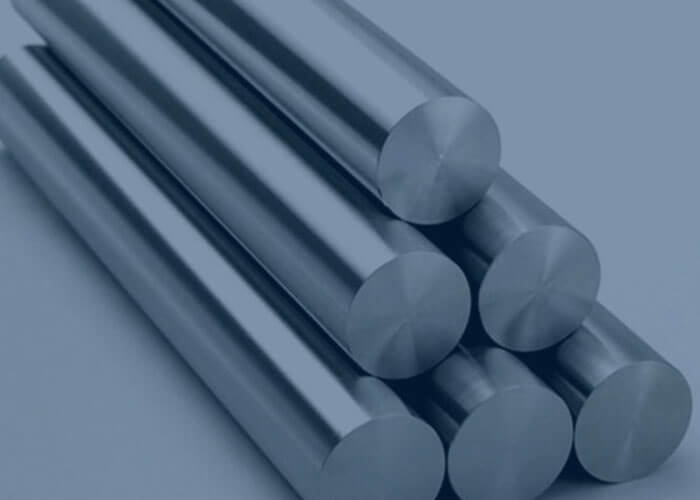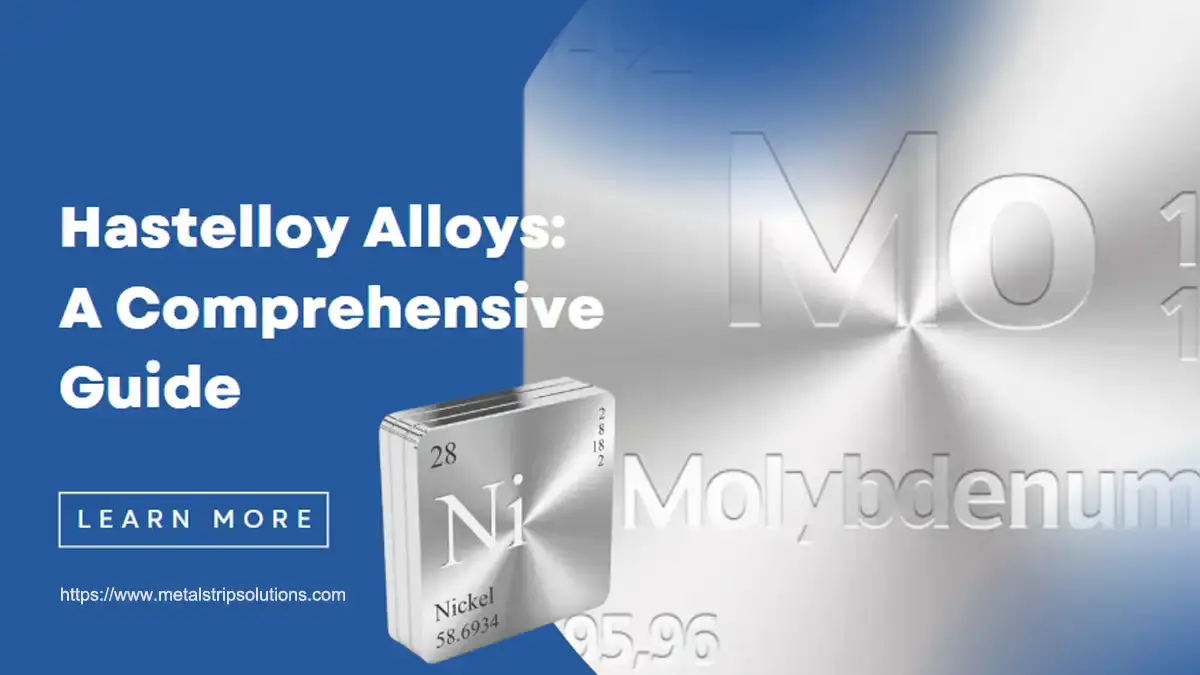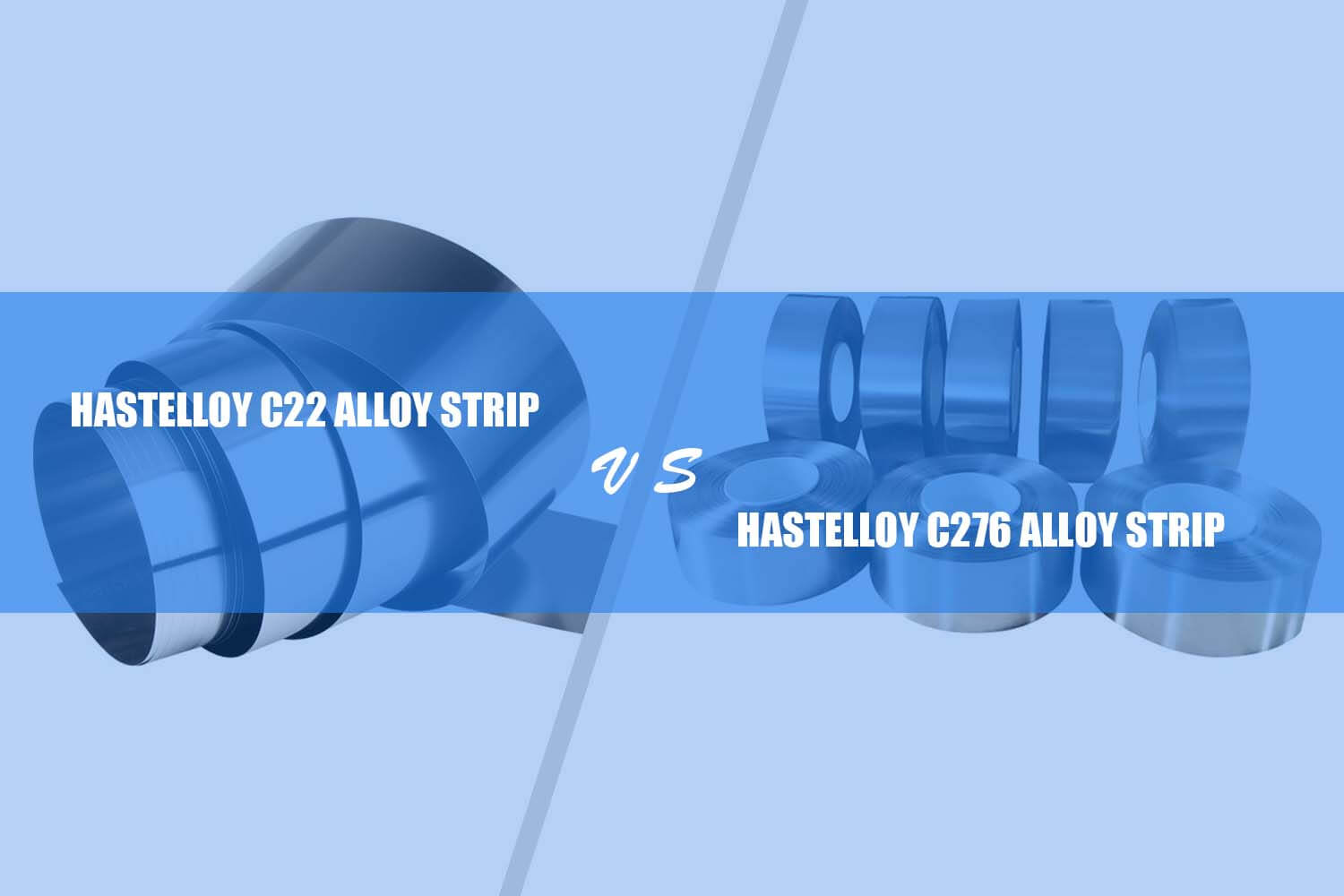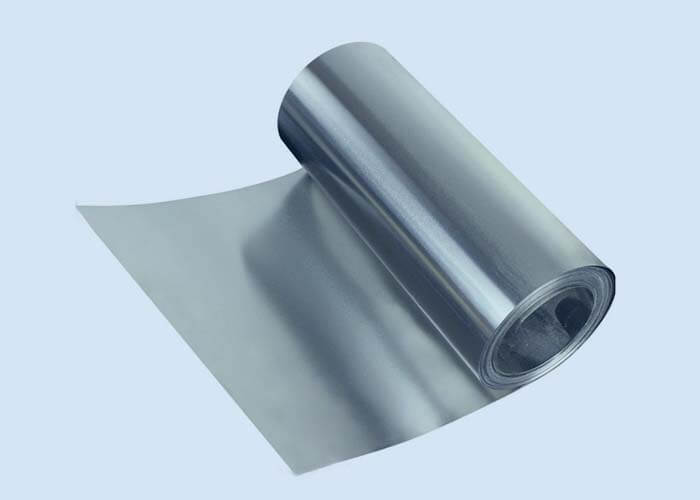Hastelloy C-276
Introduction
Overview of Hastelloy C-276 Alloy
Hastelloy alloy C-276 (UNS N10276 / W.Nr. 2.4819) is a very commonly used nickel-chromium-molybdenum alloy.
Among superalloys, it is known for its high molybdenum content.
First, as a corrosion-resistant element, molybdenum brings very high resistance to reductive corrosion to the alloy.
By combining with nickel and chromium, Hastelloy C-276 has very good overall corrosion resistance. Compared with stainless steel, its excellent resistance to stress corrosion cracking in chloride-containing solutions cannot be replaced.
Secondly, the solid solution strengthening effect of molybdenum and tungsten elements is very obvious, and they bring very high strength to Hastelloy C-276 alloy. Like other nickel alloys, Hastelloy C-276 has good ductility. It is easy to shape and weld.
Hastelloy C-276 alloy is well suited for gas melting arc (GMA/MIG), gas tungsten arc (GTA/TIG) and shielded metal arc (SMA/Stick) welding processes. Hastelloy C-276 is ideal for marine applications. Its corrosion resistance makes it resistant to various corrosive substances in flowing seawater for a long time. However, Hastelloy C-276 also has good overall performance at high temperatures. It is very suitable for the preparation equipment of various corrosive chemicals or the reactor of various acidic substances.
Corrosion Resistance of Hastelloy C-276
First, Hastelloy C-276 alloy exhibits extremely high resistance to chloride-induced pitting and crevice corrosion. These forms of corrosion are particularly prone to occur in austenitic stainless steels.
Second, similar to other nickel alloys, one of the key features of Hastelloy C-276 is its resistance to chloride-induced stress corrosion cracking.
Additionally, Hastelloy C-276 has demonstrated exceptional ability to resist seawater corrosion. Sea water is the most common salt water solution. It is widely used in marine and offshore oil rigs and as a coolant in coastal installations.
Finally, although the microstructural inhomogeneity of the weld may result in slightly higher corrosion rates (relative to a uniformly forged product), Hastelloy C-276 is still able to resist corrosion in the weld area and exhibit excellent performance.

Hastelloy C-276 Alloy Applications
Hastelloy C276 can be used in a variety of applications including:
- Chemical processing
- Pollution control
- Power generation
- Pharmaceutical
- For the construction of process equipment such as tanks, pipes, and valves
- Food Processing
Hastelloy C-276 Tags
- UNS Number: N10276
- Werkstoff Number: 2.4819
- Standards: ASTM B622/ASTM B983/ASTM B619/ASTM B626/ASTM B366/ASTM B574/ASTM B462
Hastelloy C-276 Quality Products
Hastelloy C-276 Technical Data
| STANDARD | WERKSTOFF NR. | UNS | GOST | AFNOR | JIS | BS | EN | OR |
| Alloy C-276 | 2.4819 | N10276 | – | – | – | – | – | – |
| % | Ni | Cr | Mo | W | Co | C | Mn | Si | P | S | Fe | V |
| Min | Balance | 14.5 | 15 | 3 | 0 | 0 | 0 | 0 | 0 | 0 | 4 | 0 |
| Max | Balance | 16.5 | 17 | 4.5 | 2.5 | 0.01 | 1 | 0.08 | 0.04 | 0.03 | 7 | 0.35 |
| Density | Melting Point | Tensile Strength | Yield Strength (0.2%Offset) | Elongation |
| 8.89 g/cm3 | 1371 °C (2500 °F) | 650-950Mpa | 210-350Mpa | 65% – 55% |
Related Resources

Hastelloy Alloys: A Comprehensive Guide
The two main ingredients required for making all the grades of Hastelloy® ( Hastelloy is a trademark of Haynes International Inc.) alloys are Nickel and Molybdenum. Hastelloy alloys are very famous for their corrosion resistance properties. There are many grades of Hastelloy alloys, and every grade has different properties due to secondary alloying elements like

Inconel 625 Strip Vs Hastelloy C276 Strip – What’s the Difference
The article discusses the properties of two nickel-based alloy strips, Inconel 625 strip and Hastelloy C276 strip. Both alloys are composed of nickel, chromium, and molybdenum, providing them with outstanding corrosion resistance and strength. However, there are distinct differences between the two. Inconel 625 contains a higher chromium content, whereas Hastelloy C276 has a higher

Why Hastelloy C276 Strips Used In Chemical Process Industry?
Hastelloy C276 strip is made with the alloy of nickel, chromium, and molybdenum. Due to excellent corrosion and high-temperature resistance, Hastelloy C276 strips are used in chemical process industry. This grade strip is mostly used in the oil and gas field. Hastelloy C276 strips are used to make high-temperature gas path components for the chemical industry’s

Difference Between Hastelloy C22 And C276 Alloy Strip
Hastelloy C276 and C22 alloys strips, both of them are nickel-based alloys, belong to the Hastelloy C series of materials invented by Haynes International in the United States, and have very similar properties. What is the difference between them? Let’s keep reading. What is Hastelloy C22 Alloy Strip? Hastelloy C22 alloy strip is a nickel-chromium-molybdenum

What Is Hastelloy C276 Strip?
What Is Hastelloy C276 Strip? Hastelloy C276 strip is a nickel-chromium-molybdenum super nickel alloy strip with an addition of tungsten designed to have excellent corrosion resistance in a wide range of severe environments. This alloy is resistant to the formation of grain boundary precipitates in the weld heat-affected zone, thus making it suitable for most chemical process













